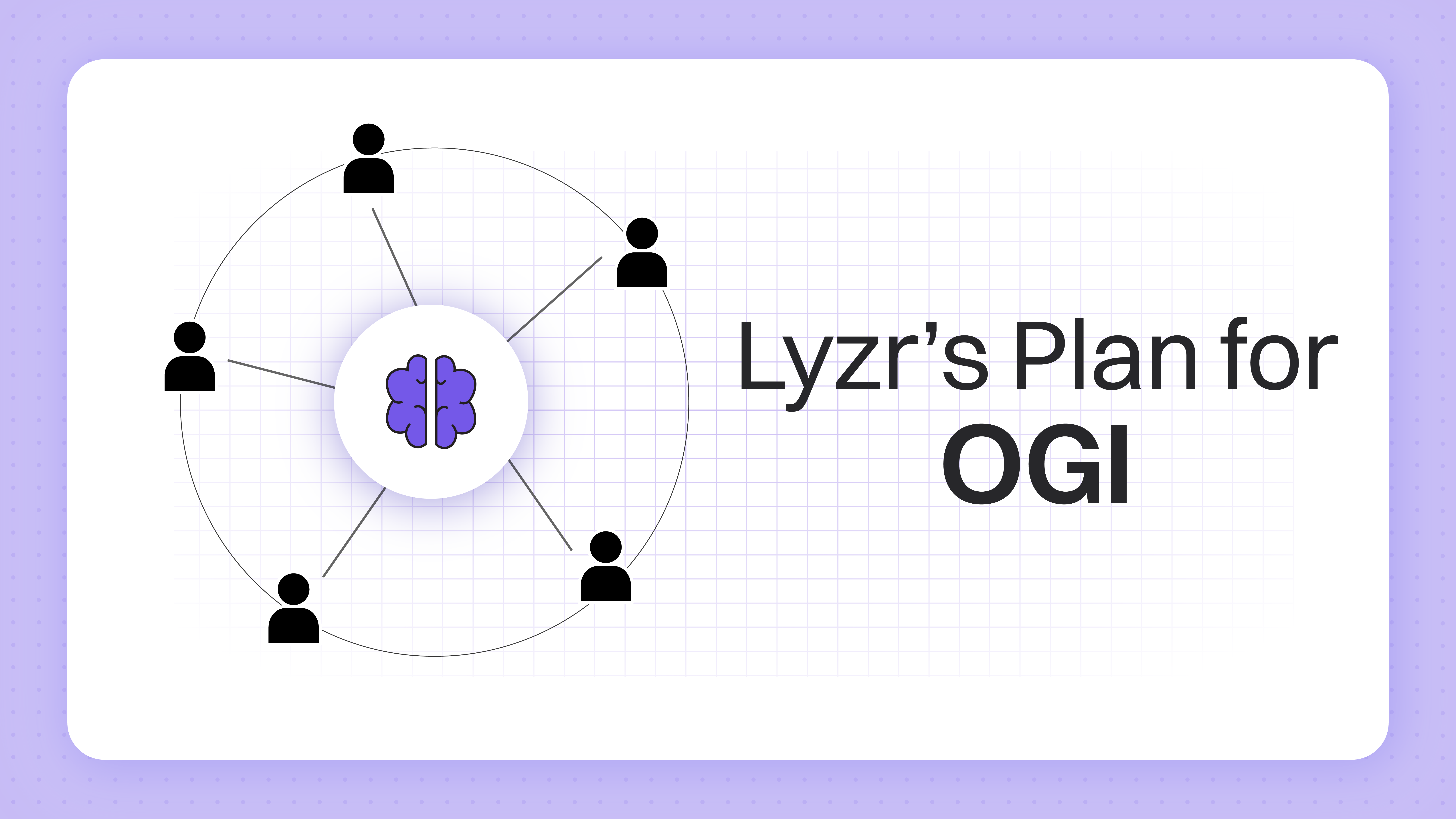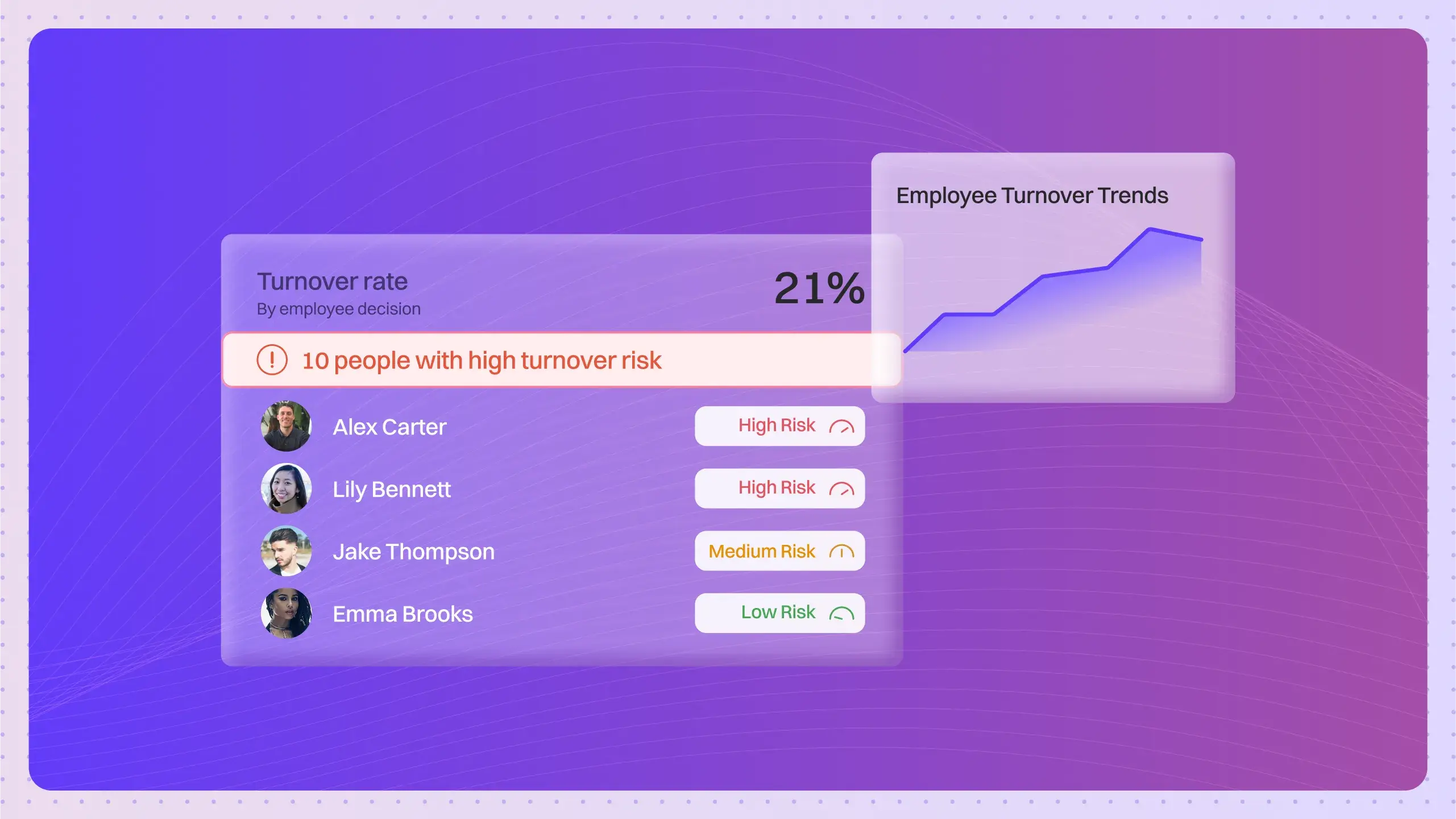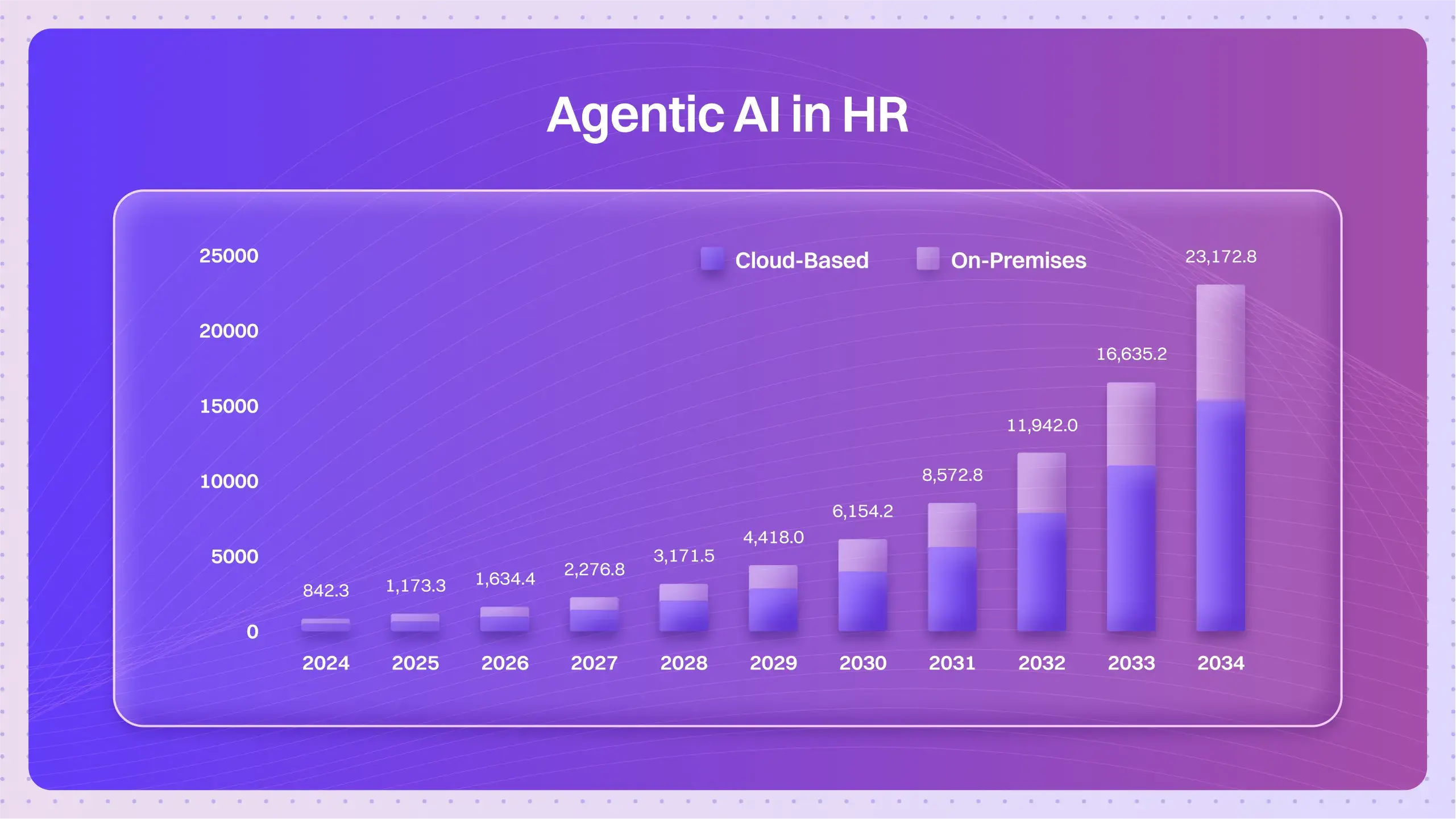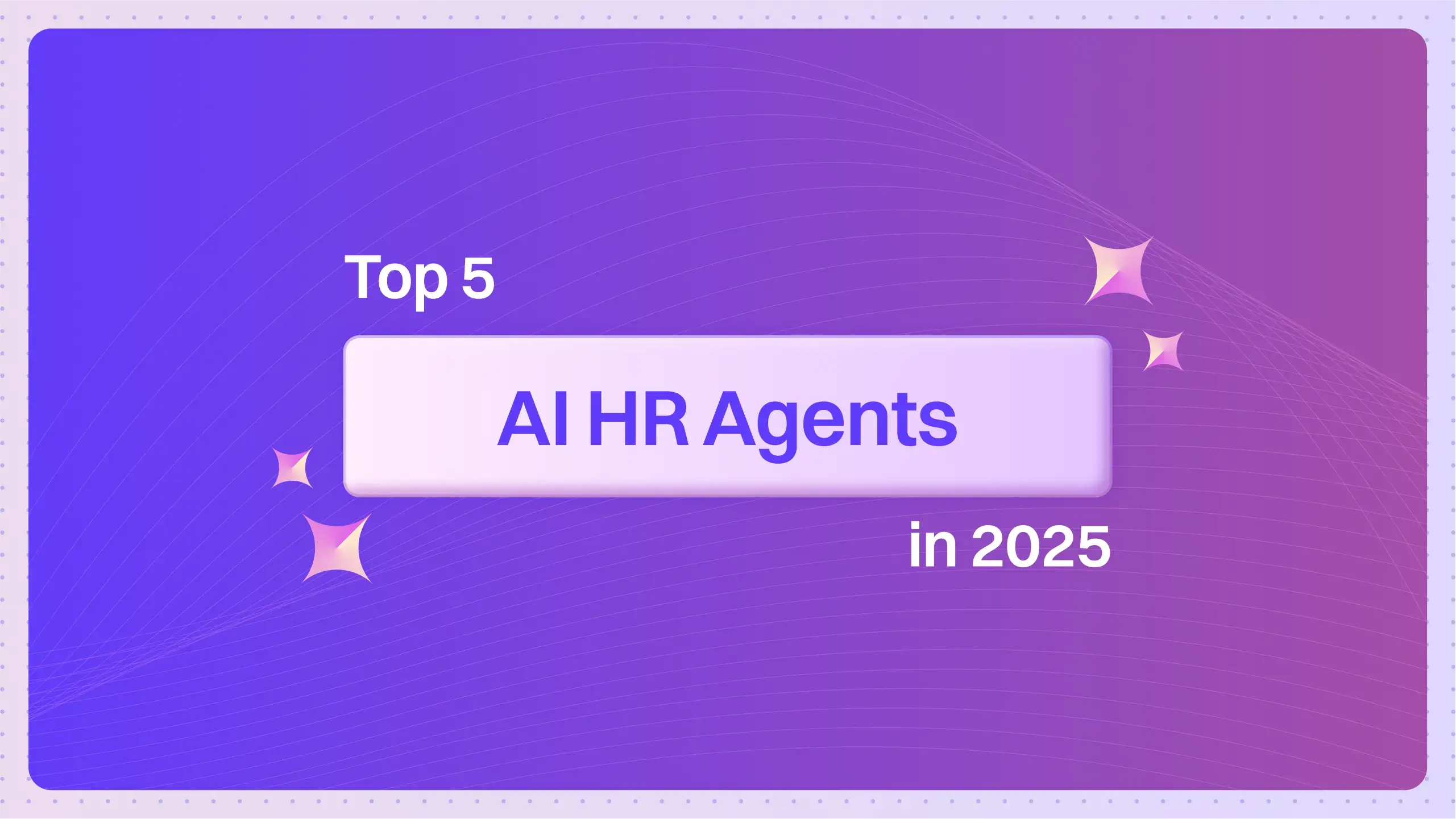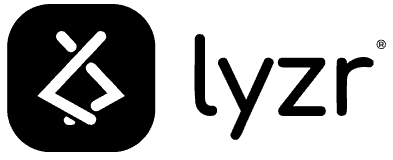Table of Contents
Toggle“Task-specific Agents” collaborate to automate extensive workflows, forming what is known as a “Role Agent”. These role agents collectively create a structure called as “AgentMesh.” Central to this structure is an AI-generated data layer to which each agent can contribute and extract information. Over time, this data layer evolves into what we term the “Organizational General Intelligence” (OGI). Let’s delve deeper into this concept.
The Fundamental Component: The Lyzr Agent

Lyzr Agents, akin to single-celled organisms, are fully-developed, self-learning, self improving AI agents equipped with both short-term and long-term memory capabilities.
These agents are versatile, capable of performing any task within the domain of large language models (LLM). Today, Lyzr Agents can assume a variety of forms:
1. Reasoning: Equip the agent with any persona for sophisticated reasoning tasks.
2. Chat: Engage in interactive conversations with your data, documents, websites, and even YouTube videos.
3. Retrieval-Augmented Generation (RAG): Create bespoke LLM applications by harnessing the RAG capabilities of the Lyzr Agent.
4. Search: Conduct deep searches across your documents and extract answers with precise citations.
5. Question and Answer (QA): Receive succinct and precise responses to your queries.
6. Data Analysis: Perform text-driven, Python-based descriptive data analysis.
7. Text-to-SQL: Execute text-driven SQL data analytics for exploratory purposes.
8. Generator: Utilize agents to craft content, such as emails and blog posts.
9. Summarizer: Assign a Lyzr agent to condense content, including meeting notes and news articles.
10. Voice: Activate real-time voice capabilities for chat and search, complete with streaming functions.
Head here to build one: studio.lyzr.ai
Role Agents: Streamlining Complex Workflows
When it comes to automating intricate tasks or workflows, merely inputting all instructions into a single agent prompt does not suffice for an optimal experience. A more effective approach involves segmenting the tasks among a group of agents, each specialized in different aspects of the workflow.
Consider the example of a role agent designed to automate the functions of a digital marketer. This role involves a group of agents collaborating to tackle a multifaceted task that encompasses research, blog composition, blog review, and social media post generation, among others.
Relying on a single prompt for an agent to manage such diverse responsibilities is not the most productive method for leveraging large language models. Instead, distributing the tasks among dedicated agents ensures each segment of the workflow is handled with precision and efficiency.


Let’s break down the type of agents used in the above workflow.
- Research Agent – Generator Agent
- Blog Post Composer – Generator Agent
- Social Media Agents – Generator Agent
You can additionally add Chat Agents or Search Agents to the workflow to improve the functionality.
AgentMesh: Enhancing Interoperability and Information Exchange
As organizations increasingly adopt role agents to automate their business processes and workflows, the potential for interoperability among these agents grows. This interoperability facilitates the sharing of data between role agents, giving rise to what is known as the AgentMesh architecture. The AgentMesh framework does more than just enable agents to exchange information; it also allows them to access and utilize AI-generated data from each other.
This architecture enhances the efficiency and effectiveness of automated processes, as each agent can leverage collective intelligence and insights, thus optimizing the overall business operations.


Organizational General Intelligence: A New Paradigm
The AgentMesh architecture perpetually enriches the foundational data layer with newly generated AI data, thereby creating what is termed as the ‘general intelligence’ layer for the organization. This layer is distinct from traditional data storage methods such as data warehouses and data lakes, which typically house application-generated and user generated data. AI-generated data, however, constitutes a different category that, when mixed with other data types, can lead to issues of data reliability. Consequently, it becomes essential to maintain AI-generated data in a separate data repository.
This AI-generated general intelligence layer is expanding rapidly, enabling new agents to access pertinent data and become operational almost instantaneously. Moreover, as the reasoning capabilities of large language models (LLMs) enhance, the aggregate general
intelligence of the organization becomes increasingly valuable. Enhanced data access leads to superior reasoning and decision-making capabilities across the board.
Book A Demo: Click Here
Join our Slack: Click Here
Link to our GitHub: Click Here

